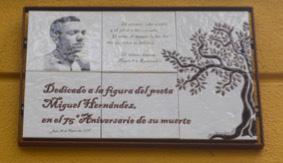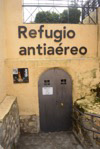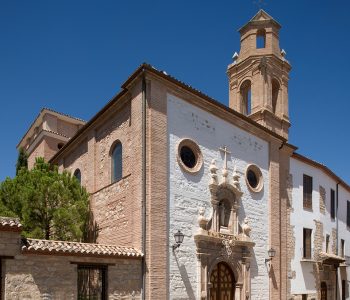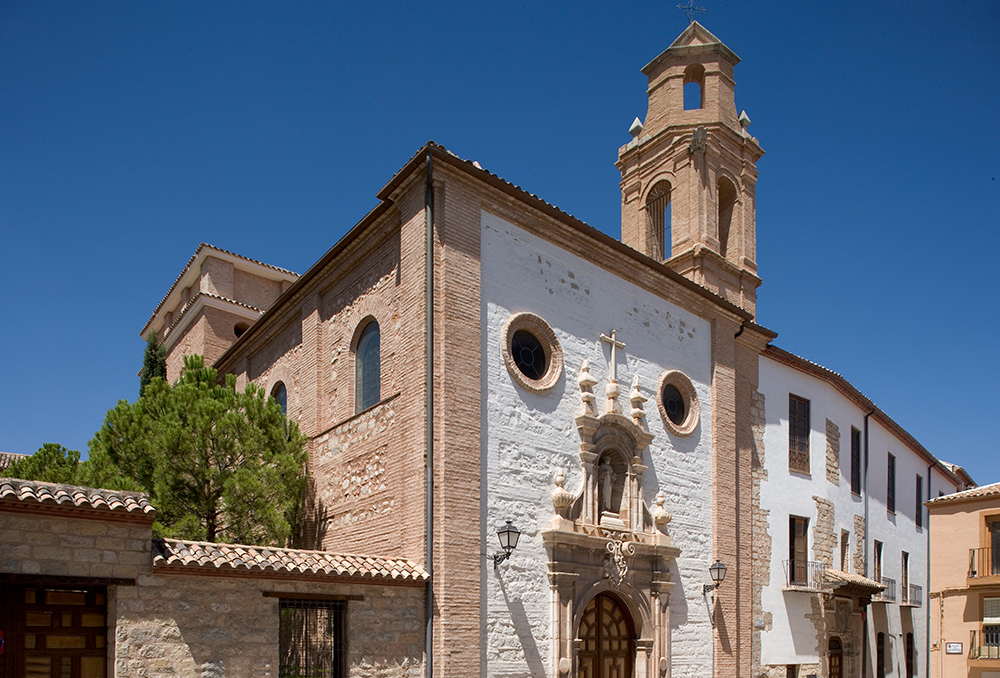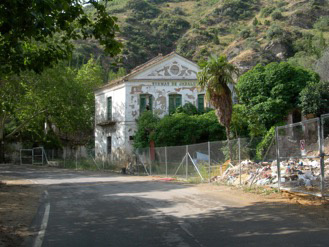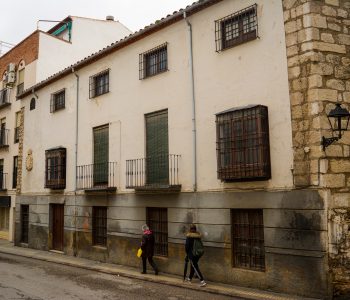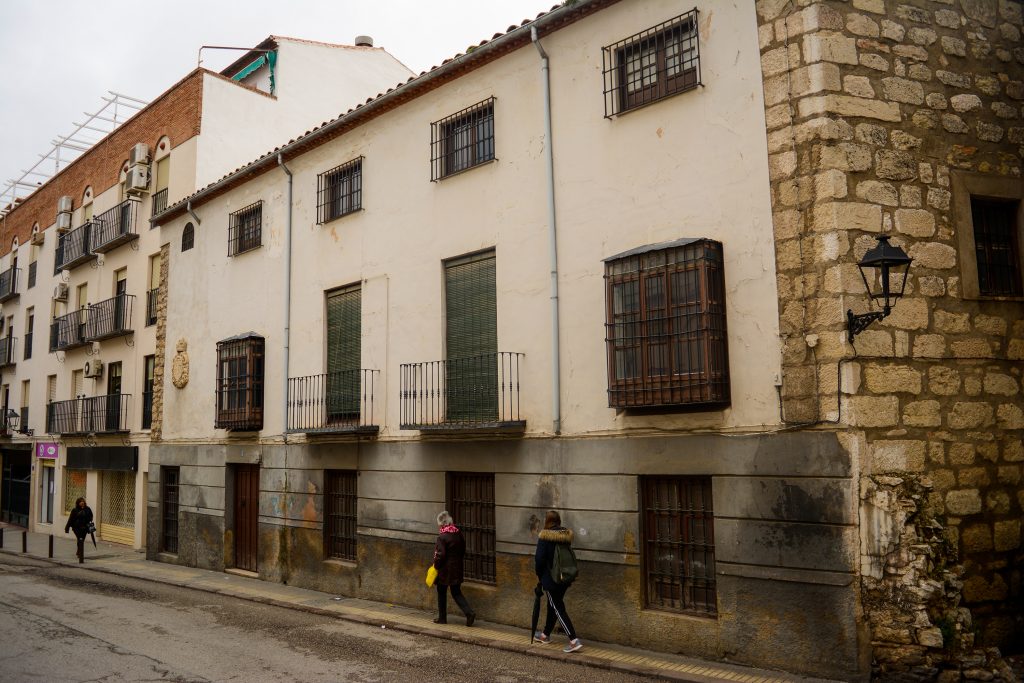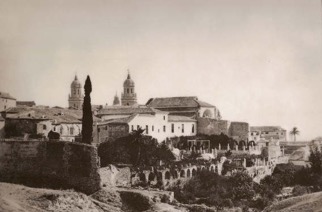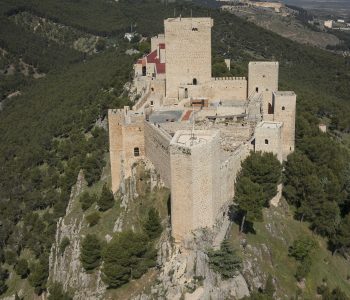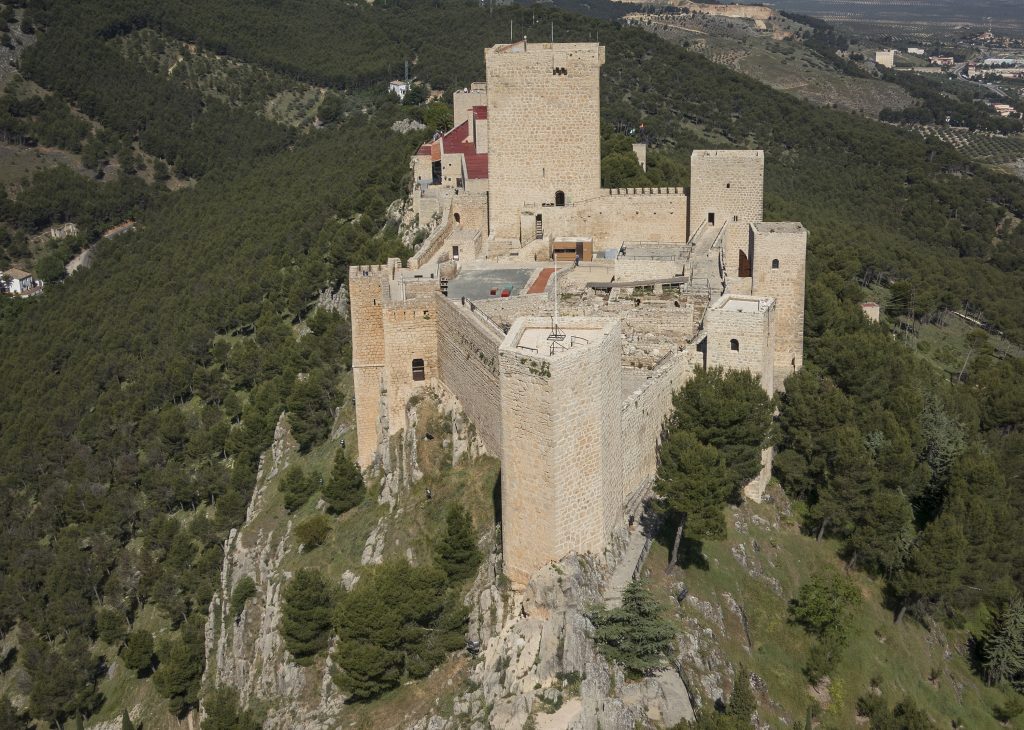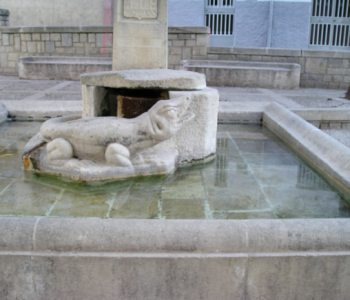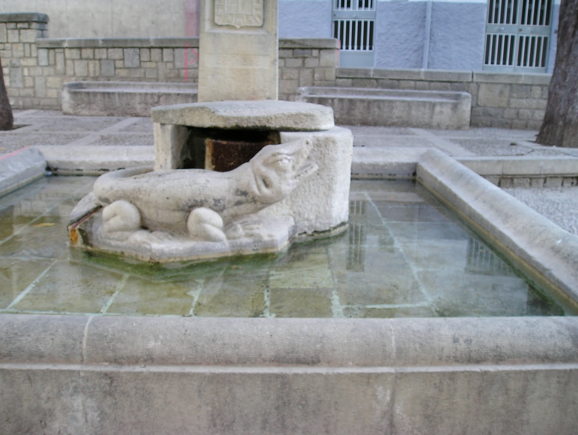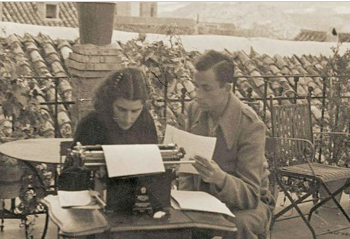 No category
No category
Residence of the poet and headquarters of the Speaker…
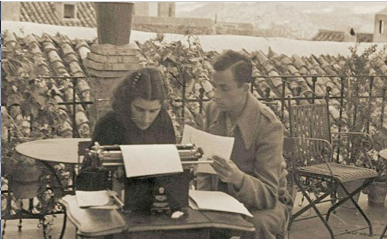
El espacio de la ciudad que guarda mayor relación con Miguel Hernández es la morada donde reside cuando llega a la capital y donde convive con su esposa Josefina Manresa.
Esta vivienda se sitúa en el número 9 de la calle Llana –hoy Francisco Coello, número 9–, Palacio de los Marqueses de Blanco Hermoso (existen varias fotografías donde el matrimonio se encuentra en la azotea escribiendo a máquina o en otros quehaceres).
Se da la curiosidad de que el edificio, además de su vivienda, también era la sede del Comisariado y donde se localizaba el Altavoz del Frente Sur.
Actualmente el edificio es una vivienda particular y no se puede visitar siendo una placa en la fachada, lo único que evoca la importante trascendencia de este edificio.
Al igual que las fotografías con su esposa, existen otras tanto en el interior como en la azotea donde aparecen otros miembros del Comisariado, por lo que debió ser un lugar muy ajetreado.
